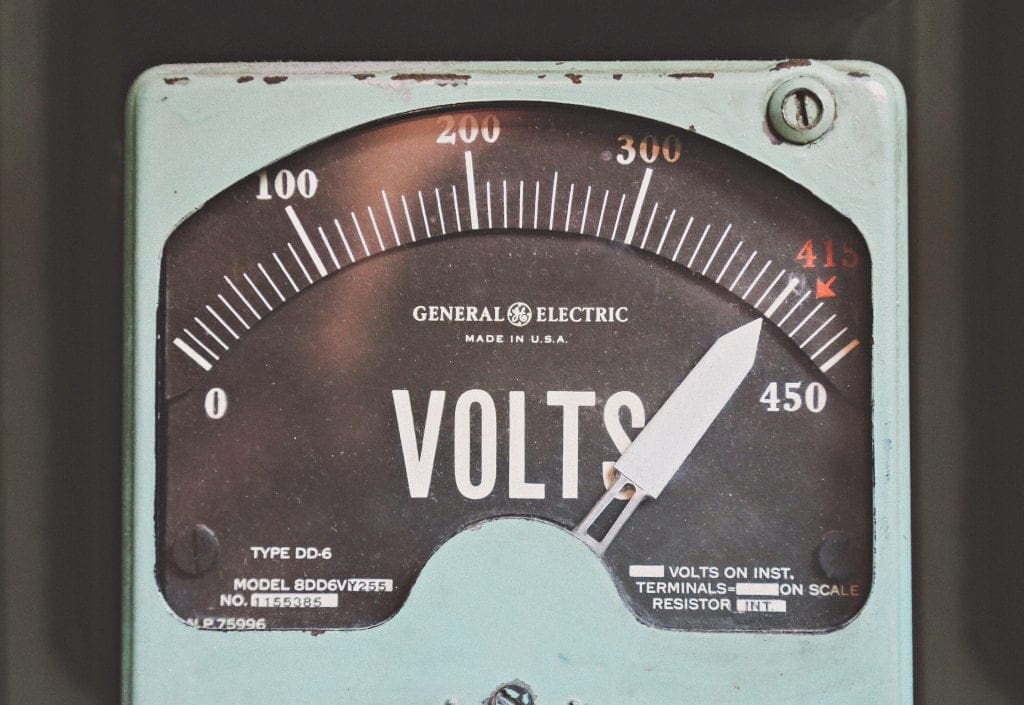The number of applications to build battery storage projects in the UK is continuing to grow rapidly, according to a new report by RenewableUK.
The study shows that the total cumulative capacity of battery storage planning applications has soared from nearly 6,900MW a year ago to over 10,500MW today – enough to fully charge over a million electric vehicles.
The market has developed extremely rapidly – in 2012, applications stood at just 2MW. The number of UK companies involved in the sector has grown over the past 12 months from 300 to more than 450 and the average battery project size has increased slightly from 27MW to 28MW.
The report notes that batteries play a key role in the modern flexible energy system by helping grid operators to finely balance the supply of electricity to meet demand and providing extra power resources when needed.
The pipeline of energy storage projects is expected to continue growing and an increasing number of grid-scale battery projects of over 50MWs are expected, after BEIS agreed earlier this year to change planning rules which have, up to now, deterred development at this scale.
Renewables developers are at the forefront of the market. Alongside cutting-edge companies like KiWi Power and RES, energy giant EDF moved into the market last month by acquiring Pivot Power, which has one of the largest portfolios of storage projects in development in the UK.
RenewableUK’s Director of Future Electricity Systems, Barnaby Wharton, said: “As we build the net-zero energy system of the future based on renewables, we’re changing the way we manage the entire network, using a wide variety of extraordinarily innovative storage technologies. The pace of change in the industry is hugely exciting.
“Energy storage has reached a tipping point with major companies entering this new market, providing new services to guarantee the security our energy supplies and maximising the amount of power available, providing massive benefits to consumers.”
Click here for more information about the report.
Source: Smart Energy International









